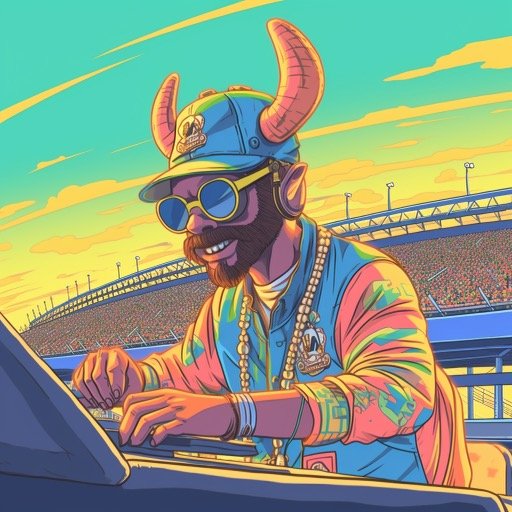Spinning Records and Wheels: The Indianapolis 500
With the exception of perhaps the Kentucky Derby, no single sporting event in America has been more closely associated with a city or state than the Indianapolis 500. A key driver of Indiana's economy, it brings over $1 billion in annual economic impact to the state, with the Indy 500 alone making up $600 million of that. Yet, the Indy 500 is more than just a racing event; it is also a music spectacle that draws thousands of fans from across the world.
Historical Music Tradition at the Indy 500
Since its inaugural run in 1911, music has been an integral part of the Indy 500. The Purdue University "All-American" marching band has a longstanding tradition of performing at the event, while "(Back Home Again in) Indiana" has been a staple of pre-race festivities since 1946, sung by a rotating group of performers. These musical elements, deeply embedded in the fabric of the Indy 500, are part of what makes the event a unique spectacle.
Balancing Tradition and Innovation
However, event organizers have been tasked with the challenge of retaining these traditions while attracting younger fans to ensure the event's continued growth and longevity. Indianapolis Motor Speedway President Doug Boles acknowledges this balancing act, recognizing the need to appeal to a new generation without erasing the event's rich history and traditions.
Music as a Gateway for Younger Audiences
To attract a younger demographic, the organizers turned to music. The Indy 500 has evolved into a three-day music festival with affordable tickets and diverse concert bookings. On Fridays, rock bands cater to the existing male race demographic, while Saturdays focus on country music to attract female fans. However, the main event occurs on race day, featuring celebrities and an electronic dance music (EDM) concert.
The Snake Pit: The Biggest Party in Racing
The Indy 500 Snake Pit has become the most popular event on race day, drawing in 25,000 attendees for an all-day EDM concert. This innovative approach has helped the Indy 500 recruit younger fans, transforming the Indy 500 experience for a whole new demographic.
Transitioning from Partying to Racing
Despite the concert's success, the organizers hope that these young attendees will eventually transition from the party scene to the racing scene, thus continuing the tradition of the Indy 500. As Boles explains, the ultimate goal is for these fans to grow up and say, "this is what I do on Memorial Day Sunday. I go to the Indy 500."
Conclusion: The Intersection of Tradition and Innovation
The Indianapolis 500 showcases how tradition and innovation can coexist to enhance an event's appeal. By incorporating music—from marching bands to EDM concerts—the event has successfully engaged a new generation of fans. As the engines roar and the beats drop at the 107th running of the Indy 500, this unique fusion of high-speed thrills and music continues to redefine the "Greatest Spectacle in Racing."

